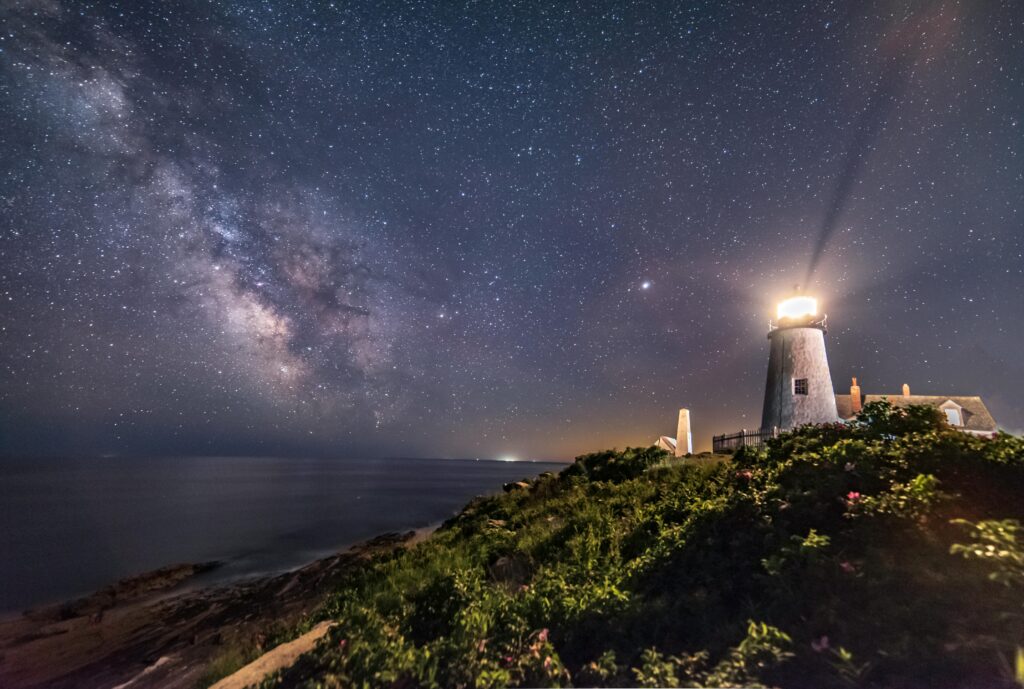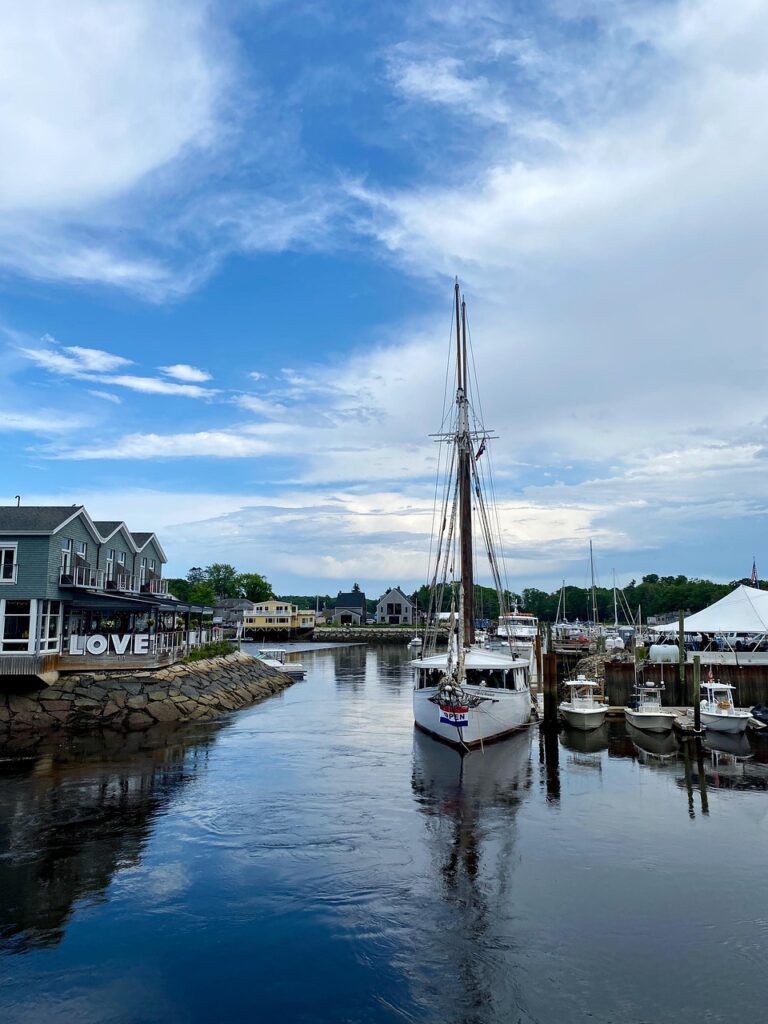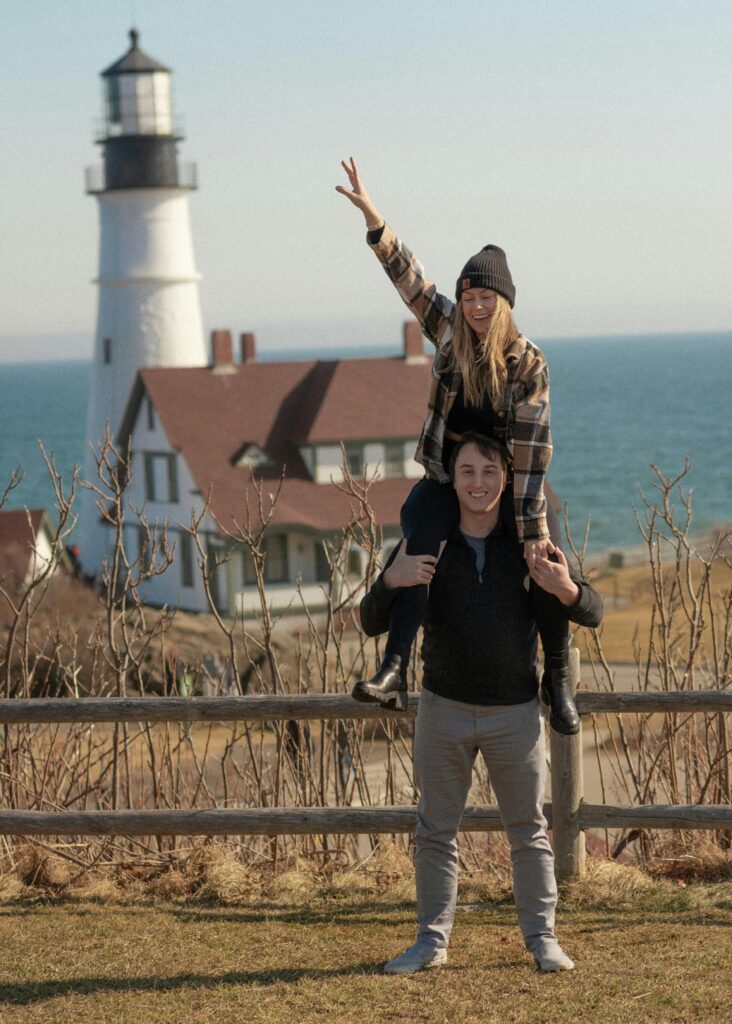As warmer weather arrives, Maine’s storied coastline braces for another surge of visitors—lured by rocky shores, lobster rolls, and postcard-perfect lighthouses. Yet the state’s famed hospitality faces shifting tides: labor shortages, rising costs, and evolving visitor expectations. In a recent Press Herald dispatch, three towns—Bar Harbor, Boothbay Harbor, and Rockland—offer snapshots of the challenges and innovations shaping Maine’s 2025 tourist season. Here, we expand on their stories, explore strategies you’ll see across the coast, and answer the questions every traveler is asking.

Bar Harbor: Balancing National Park Crowds with Community Character
Beyond the Acadia Main Drag
Bar Harbor’s proximity to Acadia National Park guarantees steady foot traffic, but overflow crowds have fueled calls for smarter visitor management. In addition to shuttle revamps, town officials are piloting off-peak incentives—discounted ferry rides in May and September, and “Acadia After Dark” guided stargazing tours to spread demand.
Local-First Hiring Partnerships
With seasonal-worker spots going unfilled, Bar Harbor partners with nearby colleges to create paid internship programs in hospitality and conservation. Students earn credit while staffing lodges, leading kayak tours, and assisting rangers—bolstering the workforce and keeping dollars in the community.
Protecting Quiet Neighborhoods
To curb short-term–rental proliferation, the town council is considering caps on new listings in residential zones. Property owners are encouraged to join “HomeAway for Locals,” a certification that ensures a percentage of rentals are reserved long-term for residents and seasonal workers.
Boothbay Harbor: Reinventing the “Midcoast” Experience
Maritime Heritage Meets Modern Markets
Boothbay’s classic schooner cruises and working waterfront remain drawcards—but this season, expect an uptick in culinary and craft events. A newly launched “Taste of the Midcoast” passport links nine towns in a weekend-long food-and-farm trail, spotlighting blueberries, seaweed, and microbrews while easing pressure on any single village.
Climate-Smart Boating
The local harbor authority has installed three electric-boat charging stations and offers free transient slips to vessels that meet low-emissions criteria. Early adopters report quieter wakes and zero-fuel excursions between islands, an experiment Boothbay hopes will become a template for ports statewide.
Rockland: Art, Industry, and a Rising Tide of Visitors
Expanding the Arts Footprint
Rockland’s transformation into a regional arts hub—anchored by the Farnsworth Museum and monthly “First Friday” gallery walks—continues in 2025 with a new public-art trail along the waterfront. QR-coded sculptures narrate local industrial history, drawing art lovers off the main strip and into underused storefronts.
Infrastructure Under Strain
Parking and restroom shortages spiked last summer, prompting the city to deploy mobile “comfort trailers” and launch a pilot water-taxi linking Rockland to nearby Owls Head. If successful, similar water shuttles could serve Camden and Rockport, reducing car congestion on Route 1.

Coastwide Trends Shaping Maine’s Season
- Digital Queueing & Contactless Payments: Boardwalk eateries and popular tours increasingly use apps to manage waitlists and payments, slashing lines at lobster shacks and lighthouse climbs.
- Health & Wellness Tourism: Wellness retreats—yoga on the shore, forest-bathing hikes, seawater therapy—have grown 25%, appealing to travelers seeking mindful escapes beyond sightseeing.
- Sustainability Certifications: Hotels and B&Bs are embracing the Maine Green Inn standard, committing to waste reduction, solar power, and local sourcing—often highlighted in booking-platform filters.
- Extended-Season Marketing: Statewide campaigns now position early spring and late fall as “secret seasons,” offering lodging and dining credits to those who travel outside mid-July to mid-August peaks.
Frequently Asked Questions
Q: When is Maine’s peak tourist season?
A: Mid-July through mid-August sees the highest crowds and rates. For milder weather and fewer visitors, aim for late May–early June or September.
Q: Do I need reservations for popular activities?
A: Yes—book carriage tours in Bar Harbor, schooner cruises in Boothbay, and museum tickets in Rockland at least two weeks in advance during peak months.
Q: How can I travel sustainably along the coast?
A: Use seasonal ferries or water taxis where available, choose lodgings with eco-certifications, pack reusable water bottles, and follow “leave no trace” on trails.
Q: Are lobster rolls still a must-try?
A: Absolutely—but avoid the busiest shacks at noon. Check local foodie apps for “hidden gem” spots with shorter waits and fresh harvests.
Q: What’s the best way to avoid traffic on Route 1?
A: Early departures before 8 am, late-evening returns after 8 pm, or traveling by ferry between key ports can help you beat the jam.
Q: Are short-term rentals regulated?
A: Increasingly so. Many towns impose yearly caps or require local occupancy taxes. Always book through platforms that clearly state compliance with local ordinances.
Q: Can I find summer jobs in Maine’s tourism sector?
A: Yes—visit town websites for openings in hospitality, guiding, and conservation. Consider paid internships or seasonal programs through regional colleges.
Q: Is tipping expected in Maine?
A: Yes—15–20% is customary in restaurants and for tour guides; smaller tips (10%) are appreciated for dock hands and shuttle drivers.
Q: How can I support local communities as a visitor?
A: Shop at farmers’ markets, dine at family-owned eateries, engage in guided cultural tours, and respect residential neighborhoods by observing quiet hours.
Q: What are “secret seasons” and are they safe?
A: Shoulder-season periods in spring and fall offer lower rates and lighter crowds, though some services (ferries, tours) may run reduced schedules—always check ahead.
Maine’s coastal communities are navigating the fine line between welcoming visitors and preserving the character that makes them special. By embracing technology, sustainability, and creative partnerships, towns from Bar Harbor to Rockland are writing a new playbook for tourism—one that hopes to keep Maine “a nice place to visit” and a great place to call home.

Sources Portland Press Herald


